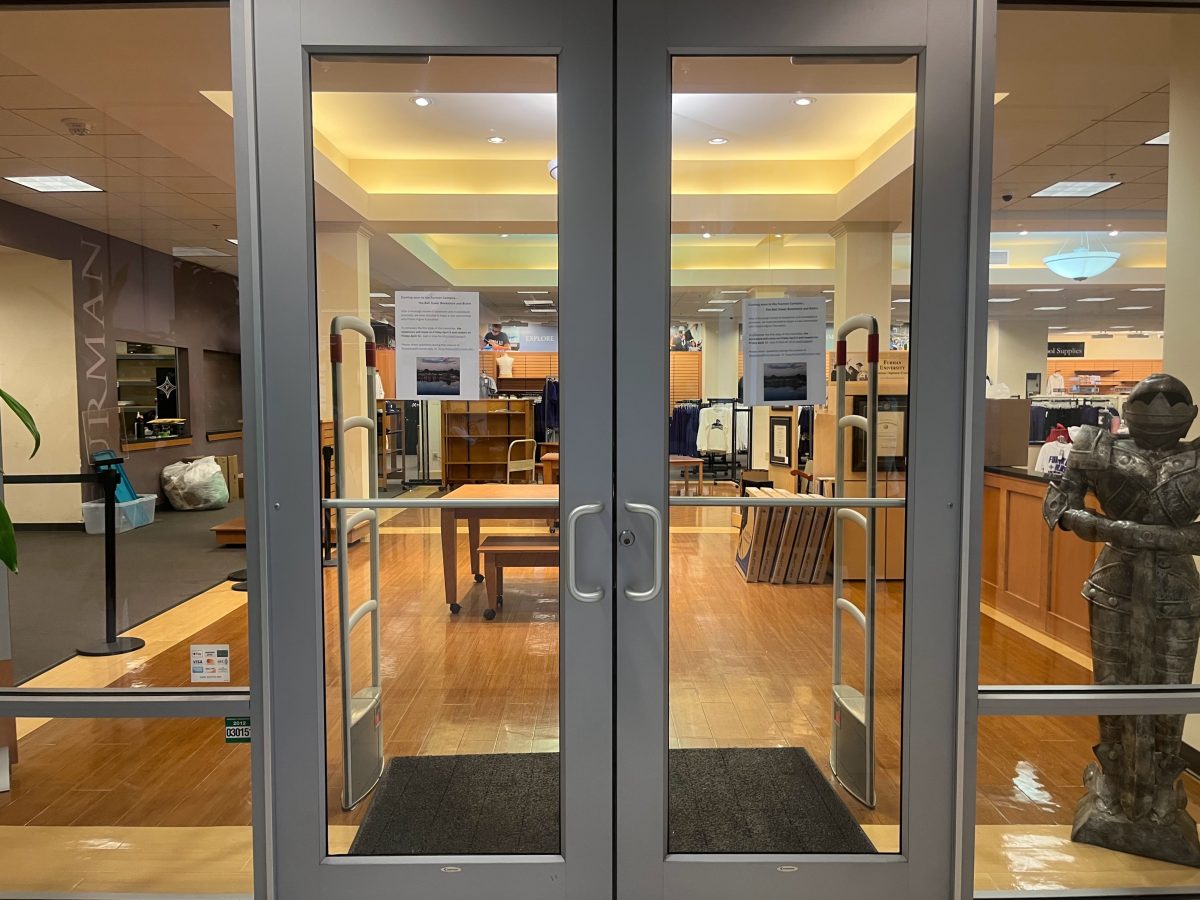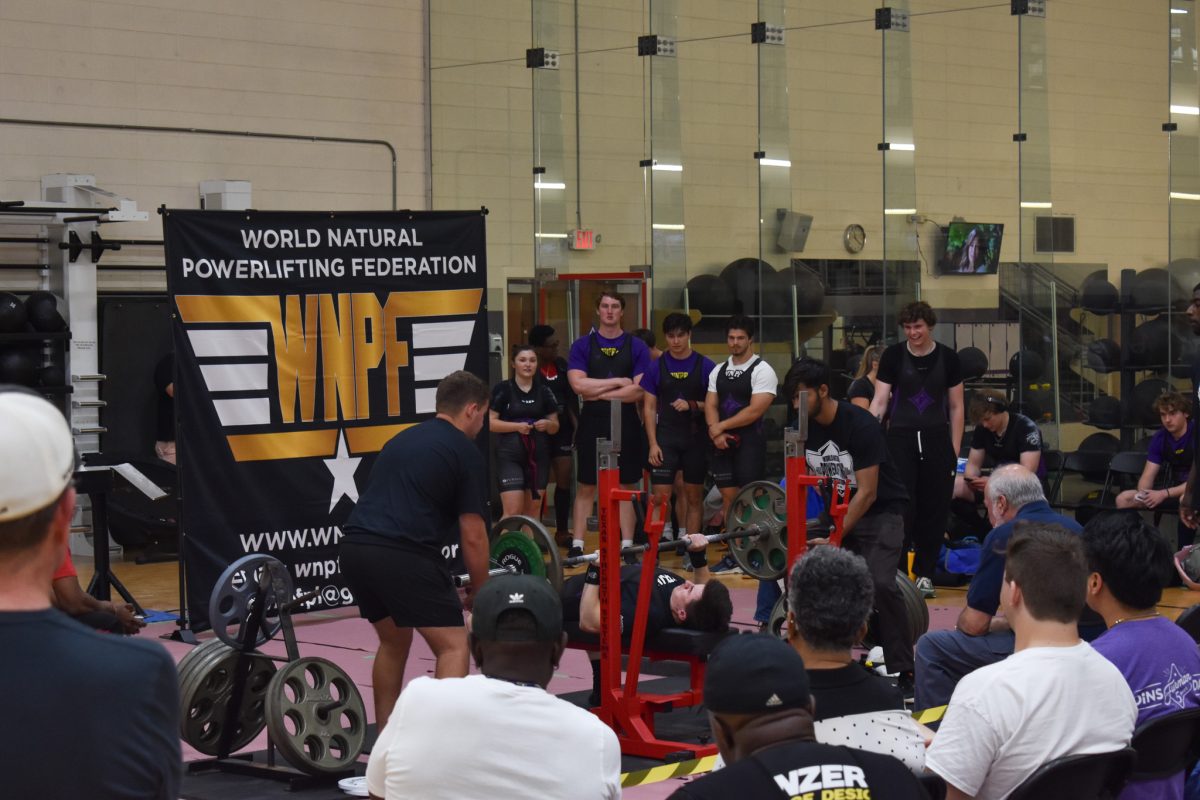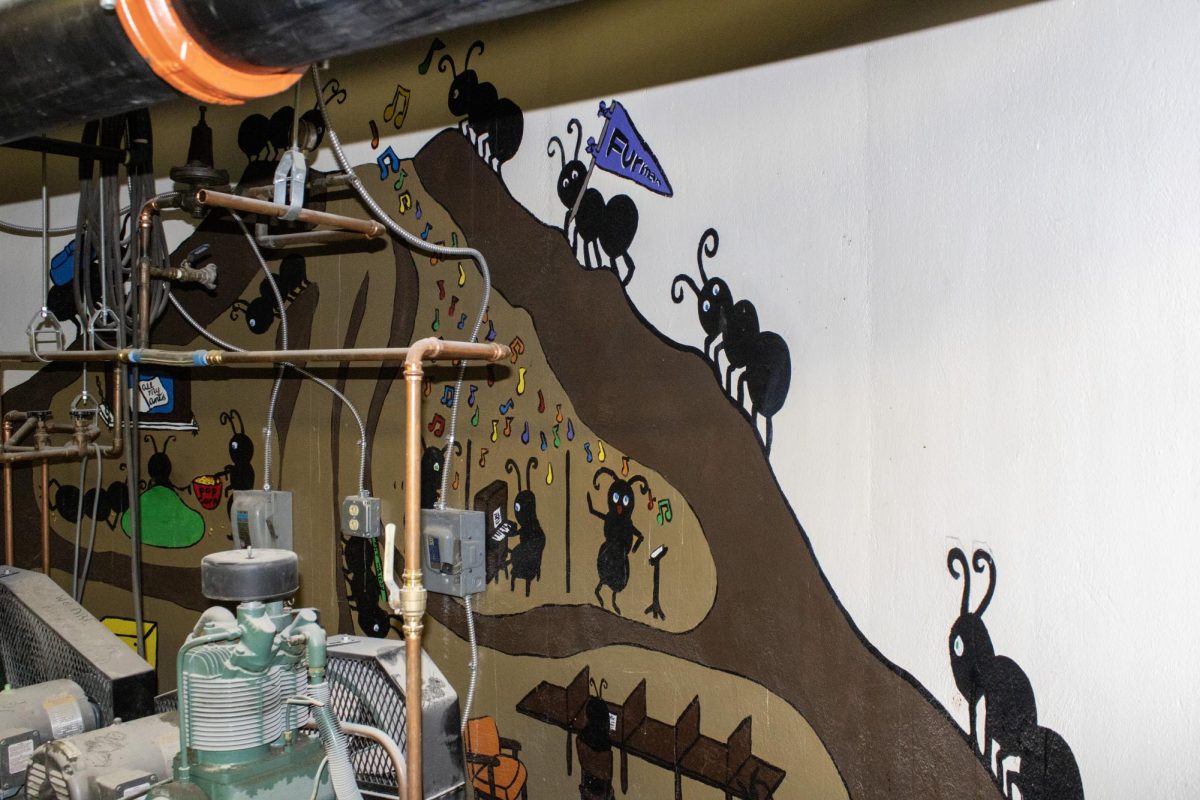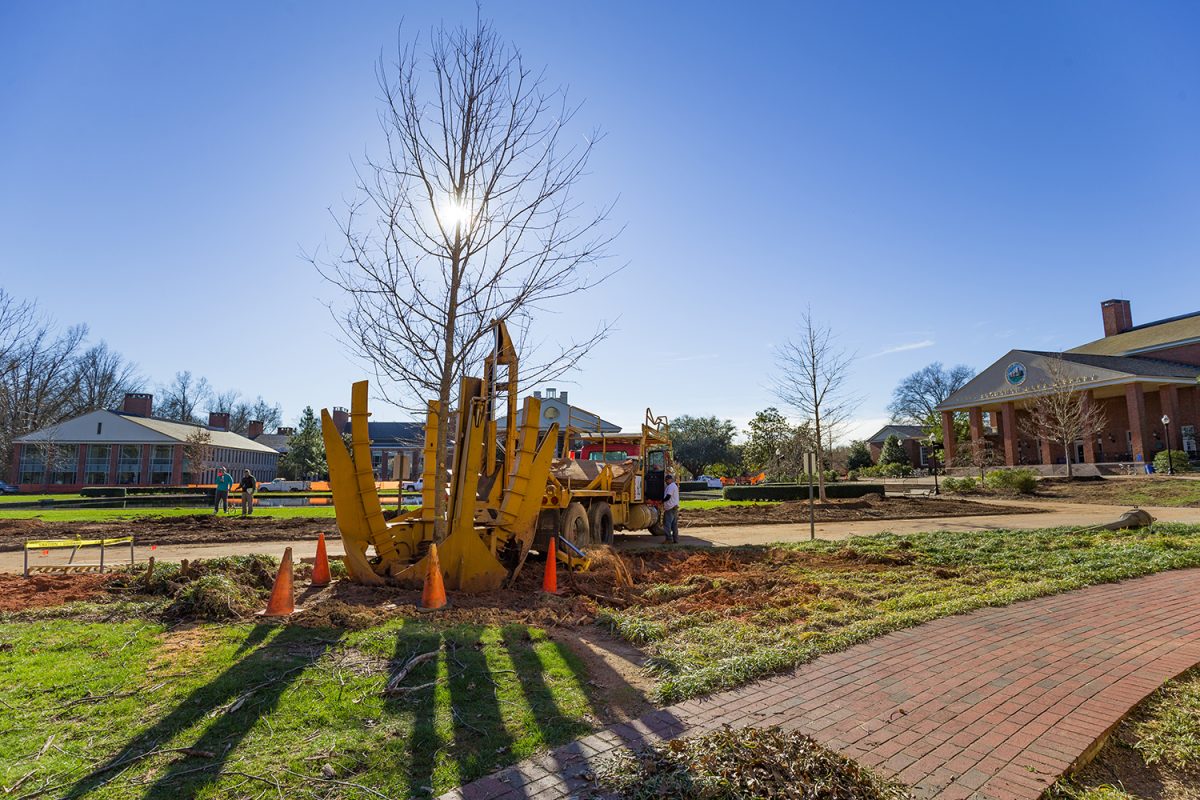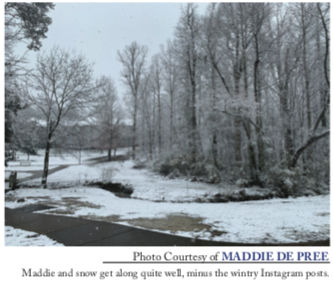
Fallout 4’s Tues., Nov. 10 release caused a slight drop in class attendance rates as Furman gamers settled into their dorms to play the highly anticipated title. Seven years after the release of Fallout 3, gamers have waited patiently for the series’ next iteration. Anticipation has bred high expectations in the gaming community, but speculation is variable on whether Bethesda’s new title will live up to the hype.
As a role-playing-shooter, Fallout 4 fits perfectly in the growing niche of narrative games, and it carries over well from its predecessor. The franchise’s characteristic dark humor and pervasive sense of death and destruction preserve the post-nuclear atmosphere of previous Fallout titles.
With hundreds of hours’ worth of content to explore and experience, Fallout 4 shows Bethesda has stepped up its narrative game in its fourth installment of the series, creating a morally conflicting timeline of nuanced player choice (NPC) and hard decisions. The story itself seems more reminiscent of New Vegas than Fallout 3, for the game sees the Lone Survivor aligning with various competing factions throughout the region, though it keeps the familial themes so integral to the third game.
With fully voiced dialogue between NPC’s and the player character, a new sense of character depth is established across the board, and everyone from the cursory denizens of the wasteland to the most egregious villains are given depth and backstory. Throw in some substantially complex companion characters and Fallout 4 shows a new trend in Bethesda’s commitment to storytelling.
While many of these merits are reflected in the main questline, side quests undoubtedly steal the show. Players are hardly capable of completing a questline in uninterrupted succession without getting sidetracked by multiple side quests and exploration sites. From factional initiatives to exploring the remains of Boston’s Fenway Park, players are hard-pressed to devote their time exclusively to one pursuit or another.
Despite the sheer scope of the game, Bethesda has managed to create its most diverse setting yet, complete with derelict cities, dead forests, radioactive rivers, vast wastelands and even areas of new growth and development. The post-apocalyptic setting manages to be beautiful despite the influence of nuclear destruction.
The player character does not start exploring right off the bat, however, as the game throws the character straight into the action after a brief cutscene introduction and beginning questline. With a massive suit of power armor early on and a subsequent showdown with high level antagonists, the game runs the risk of overpowering the player while on a normal difficulty setting.
A revamped leveling system shifts focus from skill points to the perk system, which makes character build decisions even more significant. While the leveling system has become more simplified, crafting has taken on a whole new level of complexity. With new emphasis on salvaging junk, players can expect to repurpose a host of items for their armor and weapons, using anything from a toaster to car parts.
A new armor system also sees the previous one-piece set split into six components of potentially mismatched pieces. This reflects the salvaging attitude of the wasteland but often results in inconsistencies regarding new clothing and its viability for armor implementation. The addition of power armor is exciting as well, but the practical application of fast-traveling to retrieve it is often more tedious than it is worth. However, its potential for customization and the novelty of a new combat experience make it an interesting contribution to wasteland warfare.
Outside of power armor, combat is undoubtedly one of Fallout 4’s best improvements. Focus on player skill and aim make the Vault-Tec-Assisted Targeting System (VATS) more optional than necessary, with modified changes like slow motion rather than time stop to make it more challenging. A manually activated criticals system and the ability to spontaneously cancel out of slow-mo gives players more enhanced control over combat as well.
Outside of combat, players can expect to spend quite a bit of time building settlements if they so desire, but it appears that in trying to make them optional, Bethesda may have made them irrelevant to anything but personal player stories. The main story itself also results in an epilogue that is not as choice-tailored as previous titles, but it leaves the story open for continued adventures. In addition, players are given an open level cap and can expect considerable more playtime before replay value is even relevant.
While famed for its graphics improvements more than anything else pre-release, Fallout 4 has some mixed reviews post-release. Repeated use of the Creation Engine from Skyrim makes the game a little stale for avid Elder Scrolls players, but layers are added to the engine overall even if the foundation remains the same. Drastically increased framebuffer on console jumps ahead of the 720p of last-generation’s Bethesda titles, and graphics in general see fairly prominent improvements like dynamic weather, Nvidia volumetric lighting technology and improvements to third-person play.
Performance takes a slight dip, with recurring frame rate lag well below the target of 30 fps on console platforms, but PC editions play smoothly with decent graphics cards in place. Other mechanical issues include lengthy load times, poor facial animations and occasional crashes and scripting bugs.
Despite minor mechanics flaws, however, this open-world sandbox of RPG narrative continues the depth and personality of the franchise. While less precedent-setting than its iconic predecessors, it sets some precedents of its own as it furthers the legacy of the Fallout franchise.
Though not groundbreaking in its own regard, the game does considerable justice to its predecessors, and fans of the franchise are happy to be wandering the wasteland after so many years of anticipation. Whatever its failings, Fallout 4 successfully brings Bethesda’s post-apocalyptic world back to the forefront of an ardent player community as it furthers the development of a much-loved series.



